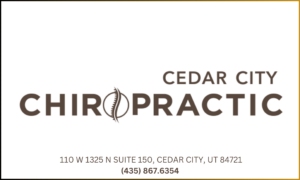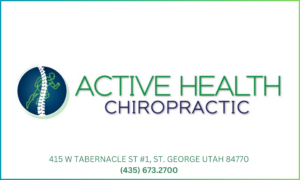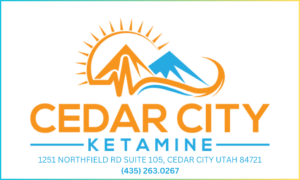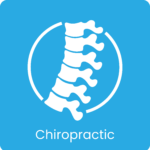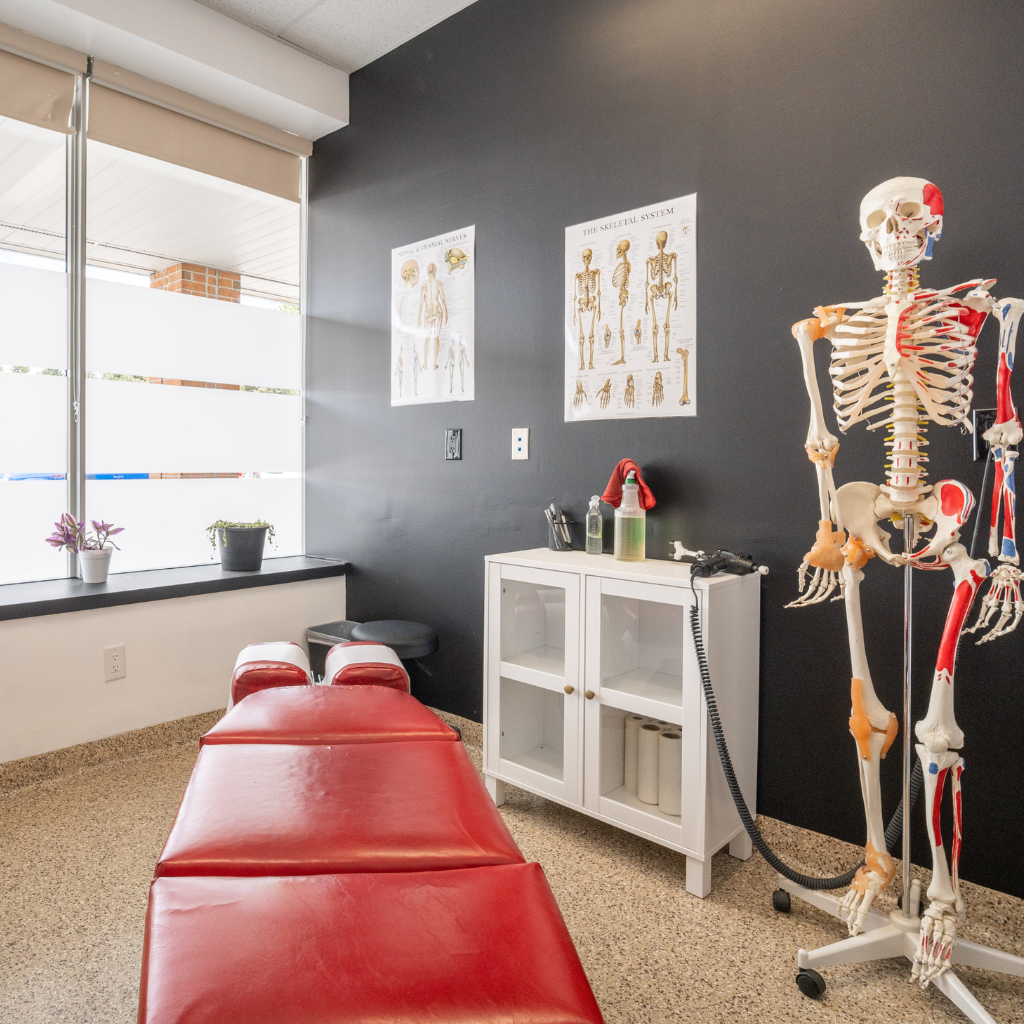NCCIH-supported research on chiropractic care includes projects that have focused on:
Spinal manipulation for back pain, neck pain, and headache, as well as for other health conditions such as temporomandibular disorders
Development of a curriculum to increase the understanding of evidence-informed practice in chiropractic educational institutions
Influence of patients’ satisfaction with care on their response to treatment, in a study that compared chiropractic and medical care in a group of back-pain patients.
NCCIH also funded establishment of a developmental center for research in chiropractic at the Palmer Center for Chiropractic Research. Investigators at Palmer and at other partnering institutions conduct basic and clinical research on chiropractic treatment approaches, how they might work, and diseases and conditions for which they may be most helpful.
Agency for Health Care Policy and Research. Chiropractic in the United States: Training, Practice, and Research. Rockville, MD: Agency for Health Care Policy and Research; 1997. AHCPR publication no. 98–N002.
Barnes PM, Bloom B, Nahin RL. Complementary and alternative medicine use among adults and children: United States, 2007. CDC National Health Statistics Report #12. 2008.
Bronfort G, Haas M, Evans R, et al. Effectiveness of manual therapies: the UK evidence report. Chiropractic & Osteopathy. 2010;18(3):1–33.
Cassidy JD, Boyle E, Côté P, et al. Risk of vertebrobasilar stroke and chiropractic care: results of a population-based case-control and case-crossover study. Journal of Manipulative and Physiological Therapeutics. 2009;32(2 Suppl):S201–S208. (Republished from Spine. 2008;33(4 Suppl):S176–S183.)
Coulter ID, Hurwitz EL, Adams AH, et al. Patients using chiropractors in North America: who are they, and why are they in chiropractic care? Spine. 2002;27(3):291–296.
The Council on Chiropractic Education. Standards for Doctor of Chiropractic Programs and Requirements for Institutional Status January, 2007. The Council on Chiropractic Education Web site. Accessed at www.cce-usa.org/Publications.html(link is external) on November 23, 2009.
Dagenais S, Haldeman S. Chiropractic. Primary Care. 2002;29(2):419–437.
Eisenberg DM, Cohen MH, Hrbek A, et al. Credentialing complementary and alternative medical providers. Annals of Internal Medicine. 2002;137(12):965–973.
Ernst E. Chiropractic: a critical evaluation. Journal of Pain and Symptom Management. 2008;35(5):544–562.
Gouveia LO, Castanho P, Ferreira JJ. Safety of chiropractic interventions: a systematic review. Spine. 2009; 34(11):E405–E413.
Kanodia AK, Legedza AT, Davis RB, et al. Perceived benefit of complementary and alternative medicine (CAM) for back pain: a national survey. Journal of the American Board of Family Medicine. 2010;23(3):354–362.
Kaptchuk TJ, Eisenberg DM. Chiropractic: origins, controversies, and contributions.Archives of Internal Medicine. 1998;158(20):2215–2224.
Meeker WC, Haldeman S. Chiropractic: a profession at the crossroads of mainstream and alternative medicine. Annals of Internal Medicine. 2002;136(3):216–227.
Nahin RL, Barnes PM, Stussman BJ, et al. Costs of complementary and alternative medicine (CAM) and frequency of visits to CAM practitioners: United States, 2007. CDC National Health Statistics Report #18. 2009.
Theil HW, Bolton JE, Docherty S, et al. Safety of chiropractic manipulation of the cervical spine: a prospective national survey. Spine. 2007;32(21):2375–2378.
Schedule Now

